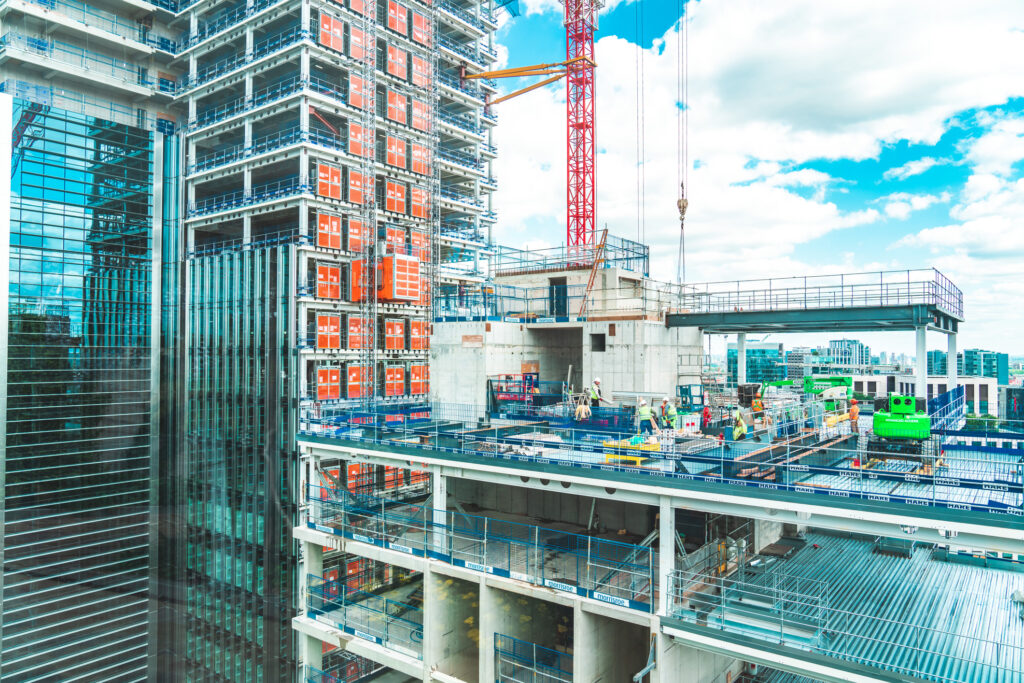In a significant victory for developers, the Supreme Court has handed down a major decision in URS Corporation Ltd v BDW Trading Ltd [2025] UKSC 21, providing welcome clarity for developers facing building safety issues – and strong support for those taking early action to put things right.
Case overview
In this landmark decision, the Supreme Court addressed whether a developer, BDW, could recover costs from its former structural engineer, URS, for remedial works undertaken on buildings it no longer owned.
BDW carried out safety works on several residential developments after identifying structural concerns linked to designs by URS – even though it had already transferred ownership of the sites.
The Court affirmed that BDW had suffered actionable loss that fell within the scope of URS’s duty of care, even without current ownership or legal obligation to repair. It confirmed that developers can rely on the extended 30-year limitation period under the Defective Premises Act 1972 and may pursue contribution claims without prior settlement or judgment. The ruling underscores the judiciary’s support for proactive safety measures in the post-Grenfell era.
Proactive safety work doesn’t undermine your right to recover
In a ruling that will be particularly important in the post-Grenfell landscape, the Court confirmed that developers who voluntarily carry out safety remediation works – even after they’ve sold the buildings and without a direct legal obligation – are not penalised for doing the right thing. This affirms a key principle: taking proactive steps to fix safety issues won’t undermine your right to recover costs from those responsible.
Accountability endures beyond sale of property
The decision also reinforces that consultants can still be held accountable their professional failings, even if the developer no longer owns the building. The judicial support for taking voluntary action where safety is concerned marks a crucial clarification for developers seeking to recover remediation costs – and a reminder to consultants of their ongoing liability.
Contribution claims – no need to wait
Importantly, the Court confirmed that developers don’t need to wait for a judgment or settlement before bringing contribution claims. That right arises as soon as the party or is or may become liable to another – even if that liability has not yet been formally established. This opens the door to earlier claims – a strategic advantage for those seeking to recover funds quickly and put pressure on other parties from the outset.
A post-Grenfell context
While not the main headline, the decision reflects a wider judicial approach that aligns with the Building Safety Act 2022: those responsible for defects should bear the cost of putting them right. The Court’s stance supports the policy direction of increased accountability in the sector.
30-year limitation confirmed
The case also gives a clear endorsement of the extended 30-year limitation period under the Defective Premises Act 1972 (as amended). Under the extended 30-year limitation period introduced by the Building Safety Act 2022, the Court confirmed that developers can now also benefit from this extended timeframe. This is a departure from the historical view that primarily favoured residents/tenants and significantly changes the landscape for historic defect claims.
Summary
The message is clear, funding safety works now doesn’t mean you forfeit your rights. If you step in to resolve serious issues, you can still pursue those ultimately responsible. This judgment should embolden responsible developers to act early on and is a strong and timely decision that should encourage prompt action without fear of losing recourse.






